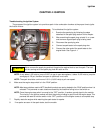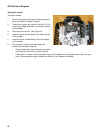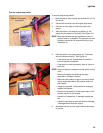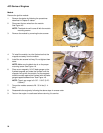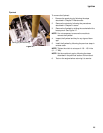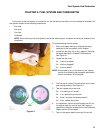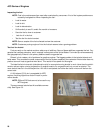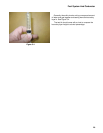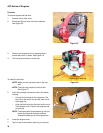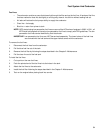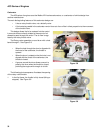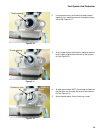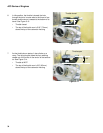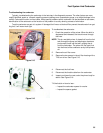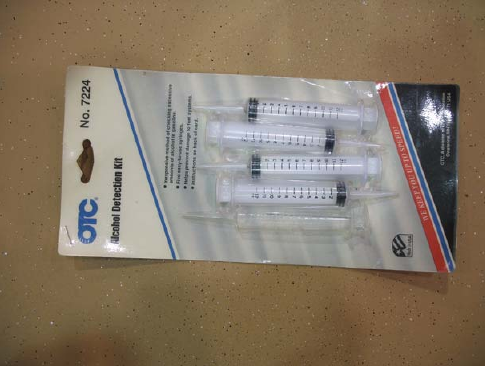
AC3 Series of Engines
28
Inspecting the fuel:
NOTE: Fuel is the maintenance item most often overlooked by consumers. A lot of fuel system problems are
caused by bad gasoline. When inspecting the fuel:
• Look for water.
• Look for dirt.
• Look for discoloration.
• Sniff carefully to see if it smells like varnish or kerosene.
• Save the fuel to show to customer.
• Look for oil in the fuel.
• Test the fuel for alcohol content.
NOTE: Save a sample of the fuel collected to show the customer.
NOTE: Customers pouring engine oil into the fuel tank seems to be a growing problem.
Test fuel for alcohol:
Fuels currently on the market contain a wide array of additives. Some of these additives oxygenate the fuel. Oxy-
genated fuel reduces emissions, and is required in some parts of the United States. Fuel make-up varies seasonally
and geographically. Ethanol is the primary additive used to oxygenate fuel.
Ethanol in fuel creates a lot of problems for gasoline engines. The biggest problem is that alcohol attracts and
holds water. This corrodes the metal components of the fuel system, especially the carburetor. Alcohol also does not
produce as much heat as gasoline when burnt. This results in less power for the engine.
The ideal fuel/air mixture ratio (stoichiometric ratio) for an engine burning alcohol is much richer than the stoichi-
ometric ratio an engine running on gasoline. An engine tuned to run on gasoline will not run well on alcohol. The
more alcohol there is in the fuel beyond the 10% that is anticipated, the further the fuel/air mixture will be from the
correct ratio.
A 10% ethanol (E10) mix is acceptable for MTD
engines. Anything higher than that will result in perfor-
mance issues.
NOTE: E20 and E85 fuels are not to be used in any
MTD engines.
There are several alcohol test kit available commer-
cially. See Figure 5.3.
Figure 5.3




